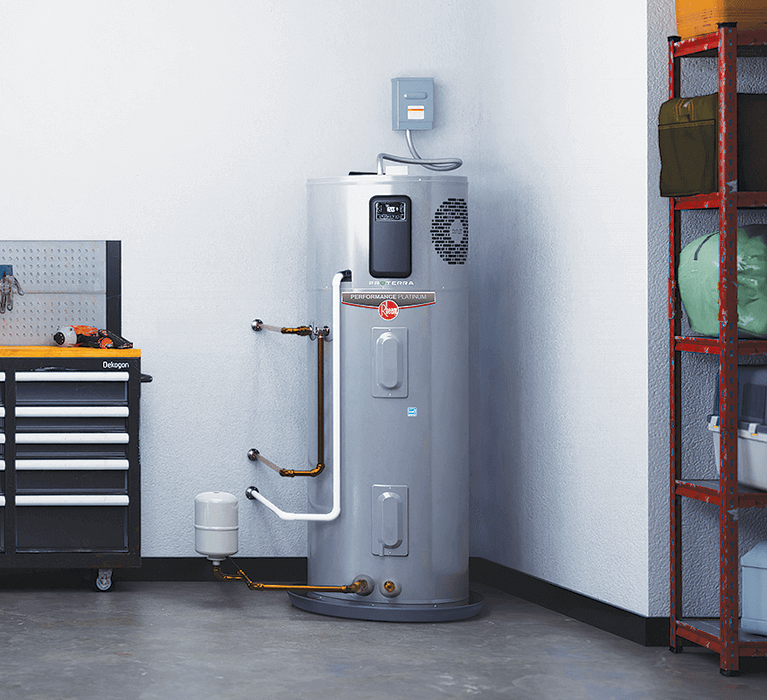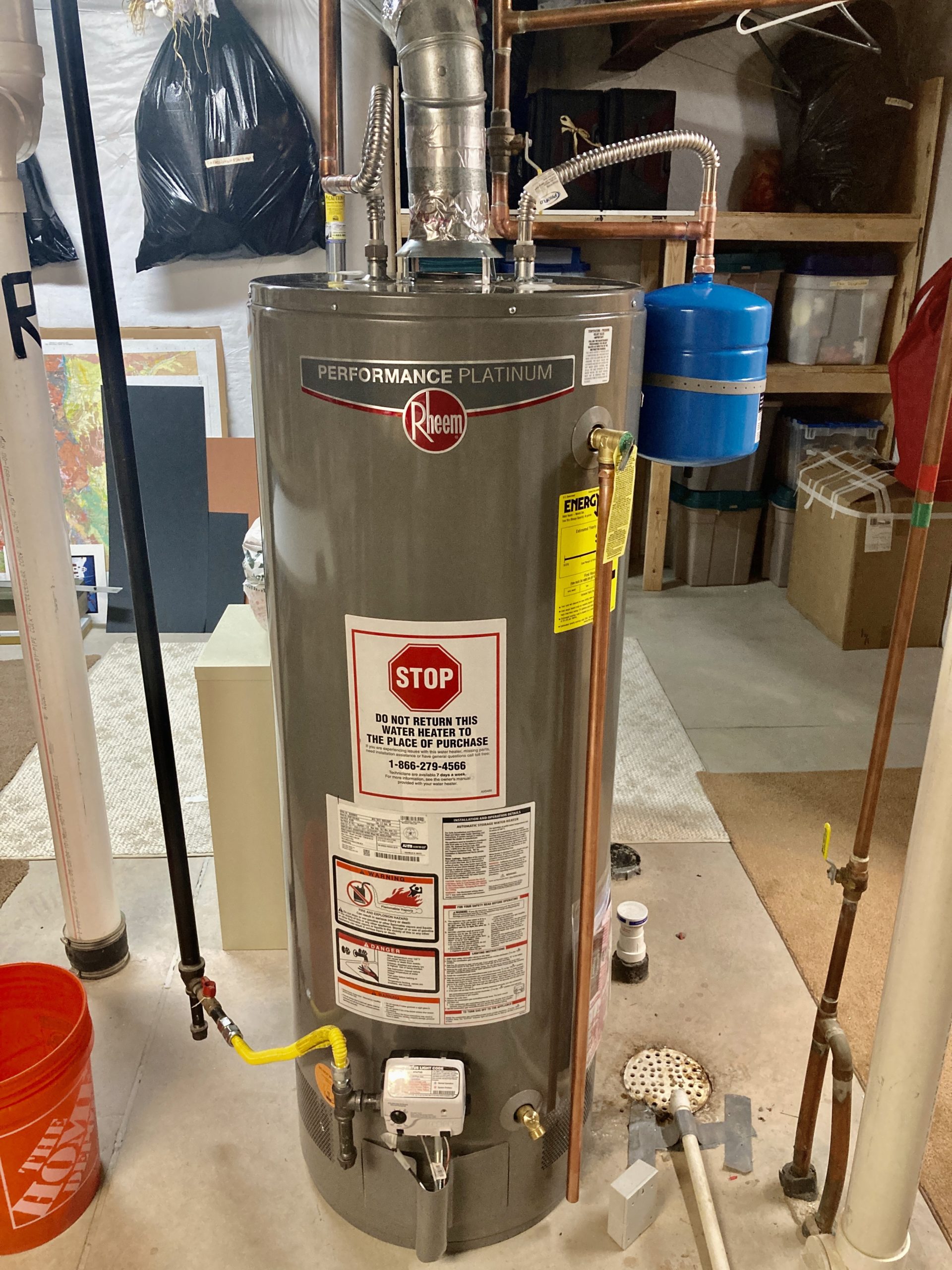The article directly below relating to What Kind of Maintenance Do Water Heaters Need? is unquestionably interesting. Check it out for your own benefit and decide what you think about it.

Hot water is essential for everyday comfort, whether it's for a rejuvenating shower or washing meals. To guarantee your hot water system runs effectively and lasts much longer, regular upkeep is vital. This write-up provides functional tips and insights on exactly how to preserve your home's warm water system to stay clear of interruptions and pricey repair work.
Intro
Maintaining your home's hot water system may appear difficult, yet with a few basic actions, you can ensure it runs efficiently for years to find. This overview covers every little thing from comprehending your warm water system to do it yourself maintenance tips and understanding when to employ specialist aid.
Importance of Maintaining Your Hot Water System
Routine upkeep not only extends the lifespan of your warm water system yet additionally guarantees it runs successfully. Neglecting upkeep can bring about lowered performance, higher power costs, and also early failing of the system.
Indicators Your Warm Water System Demands Upkeep
Understanding when your warm water system requires interest can stop significant problems. Watch out for indications such as irregular water temperature level, odd noises from the heating unit, or rustic water.
Flushing the Water Heater
Flushing your water heater removes debris build-up, enhancing effectiveness and prolonging its life.
Monitoring and Changing Anode Rods
Anode poles avoid rust inside the tank. Examining and changing them when broken is vital.
Complicated Problems Requiring Professional Assistance
Examples include significant leakages, electric issues, or if your hot water heater is continually underperforming.
Regular Specialist Upkeep Perks
Specialist upkeep can include thorough evaluations, tune-ups, and making certain compliance with safety criteria.
Checking and Changing Temperature Setups
Adjusting the temperature level settings makes certain ideal performance and security.
DIY Tips for Upkeep
You can do a number of maintenance tasks yourself to maintain your warm water system in top condition.
Checking for Leakages
Consistently inspect pipelines and links for leaks, as these can bring about water damage and higher expenses.
Understanding Your Warm Water System
Before diving right into maintenance jobs, it's handy to recognize the fundamental components of your warm water system. Normally, this includes the water heater itself, pipes, anode rods, and temperature level controls.
Month-to-month Upkeep Tasks
Regular month-to-month checks can help capture minor concerns before they intensify.
Examining Pressure Alleviation Valves
Checking the pressure safety valve ensures it functions properly and protects against extreme pressure buildup.
Shielding Pipes
Protecting hot water pipelines decreases warm loss and can save energy.
When to Call an Expert
While DIY maintenance is valuable, some issues call for professional know-how.
Final thought
Normal maintenance of your home's warm water system is vital for effectiveness, long life, and cost savings. By adhering to these ideas and recognizing when to seek expert aid, you can ensure a trustworthy supply of warm water without unanticipated disruptions.
How to Maintain an Instant Hot Water Heater
Before tinkering with your hot water heater, make sure that it’s not powered on. You also have to turn off the main circuit breaker and shut off the main gas line to prevent accidents. Also turn off the water valves connected to your unit to prevent water from flowing into and out of the appliance. 2. When you’re done, you have to detach the purge valves’ caps. These look like the letter “T” and are situated on either side of the water valves. Doing so will release any pressure that has accumulated inside the valves while at the same time avoid hot water from shooting out and burning your skin. 3. When the purge valves’ caps are removed, you have to connect your hosing lines to the valves. Your unit should have come with three hoses but if it didn’t, you can purchase these things from any hardware or home repair shops. You can also get them from retail stores that sell water heating systems. Read the user’s manual and follow it to complete this task properly. When the hosing lines are connected, open the purge port’s valves. 4. You should never use harsh chemical cleaners or solutions when cleaning your unit. Make use of white vinegar instead. It should be undiluted and you’ll probably use about 2 gallons. 5. Now flush your water heater. This task should probably take about 40 minutes. We can’t give you specific directions for this because the procedure is carried out depending on the type, model and brand of your heater. With that being said, refer to the user’s manual. 6. When you’re done draining the unit, you have to turn off the purge port valves again. Remove the hosing lines that you earlier installed on each of the water valves. Put the valve caps (purge port) back in their respective places and be very careful so as not to damage the rubber discs that are found inside these caps. 7. Now that everything’s back in place, check your user’s manual again to find out how to reactivate your water heating system. 8. Once it is working, turn one of your hot water faucets on just to let air pass through the heater’s water supply pipes. Leave the tap on until water flows smoothly out of it. https://www.orrplumbing.com/blog/2014/september/how-to-maintain-an-instant-hot-water-heater/

Do you really like more info about Tips on Maintaining a Water Heater? Put a remark further down. We will be happy to listen to your suggestions about this blog entry. In hopes that you come back again in the near future. So long as you liked our blog posting if you please don't forget to pass it around. We truly appreciate your readership.
Browse Our Site